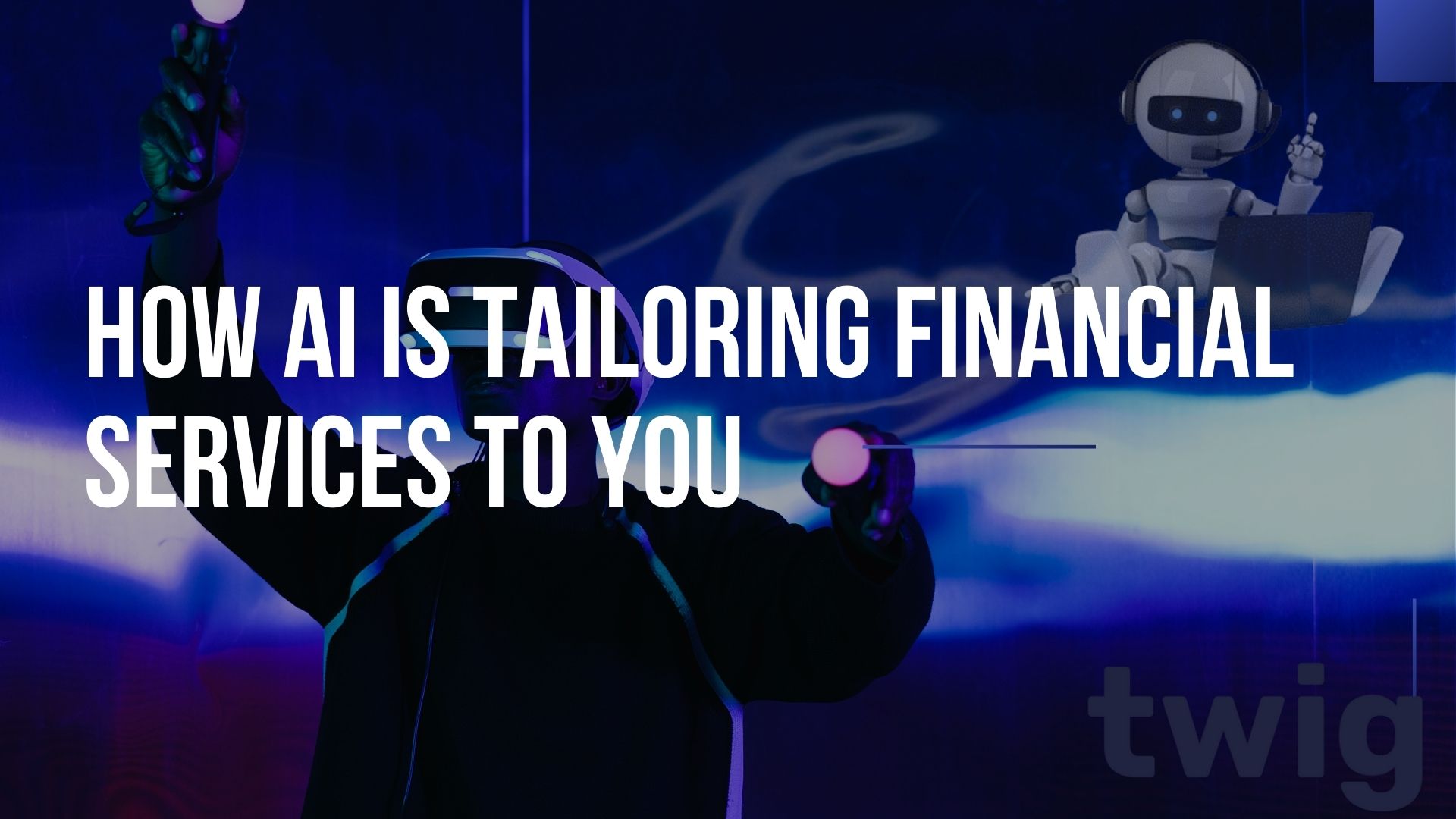

.png)

Traditional banking was one-size-fits-all: generic product offers, scripted customer service, and siloed support experiences. But today’s digital customers expect more—real-time, personalized, and contextual interactions, whether they’re applying for a loan or chatting with support.
Fintech disruptors and neobanks have accelerated this shift by using AI to tailor every customer journey—driven by behavioral data, conversational interfaces, and deep learning models that understand not just what a user does, but why.
A 2023 Accenture report found that banks using AI to personalize customer experiences see a 30–40% lift in product adoption and a 25% increase in customer satisfaction scores.
At the core of personalized banking is the AI assistant—a digital co-pilot that helps customers navigate financial products, get support, and make smarter decisions.
But today’s AI agents aren’t just rule-based chatbots. They’re agentic AI systems that:
These AI agents don’t just assist—they build a relationship.
Neobanks like Monzo, Revolut, and Nubank are leveraging AI virtual assistants to dynamically adapt their support experience—reducing friction, increasing upsell conversion, and building brand loyalty.
Personalization in fintech requires context, timing, and nuance—something only deep learning systems can deliver at scale.
Here’s the difference:
This enables banks to move beyond static segmentation ("young professionals", "high net worth") into micro-personalization based on real behavior and lifecycle stage.
Example:
If a customer reaches out about a late payment, an AI assistant can not only respond with empathy, but also suggest financial wellness tips, flexible payment options, or relevant financial products—all in one seamless experience.
Customers don’t separate support from service. Whether they’re interacting via mobile app, website, live chat, or social channels, they expect continuity.
AI-driven personalization enables:
A 2024 McKinsey study found that omnichannel personalization driven by AI can lead to 3x higher customer engagement and a 40% reduction in churn in digital banking products.
AI agents are only as powerful as the systems they connect to. The most effective personalized banking experiences integrate with:
When all systems talk to each other, personalization becomes proactive and real-time—not just reactive.
For example, when a user starts transferring funds abroad, the AI assistant can instantly recommend fee-saving options or alert them of FX fluctuations—without waiting for them to ask.
With personalization comes a critical responsibility—data privacy.
Top-performing AI platforms in fintech now include:
This builds trust, which is foundational to successful AI in financial services.
Here’s where AI personalization delivers the most ROI:
And unlike legacy systems, these AI agents improve with every interaction—learning in real time.
For decision-makers in fintech, the takeaway is clear: personalization powered by AI isn’t a feature to be bolted on—it’s the new customer experience layer.
Customers want to feel seen, heard, and understood. With the right AI assistant, the bank doesn’t just know their balance—it knows their goals.
The result?
Better CX, stronger loyalty, and a more resilient, scalable customer service platform.
.png)